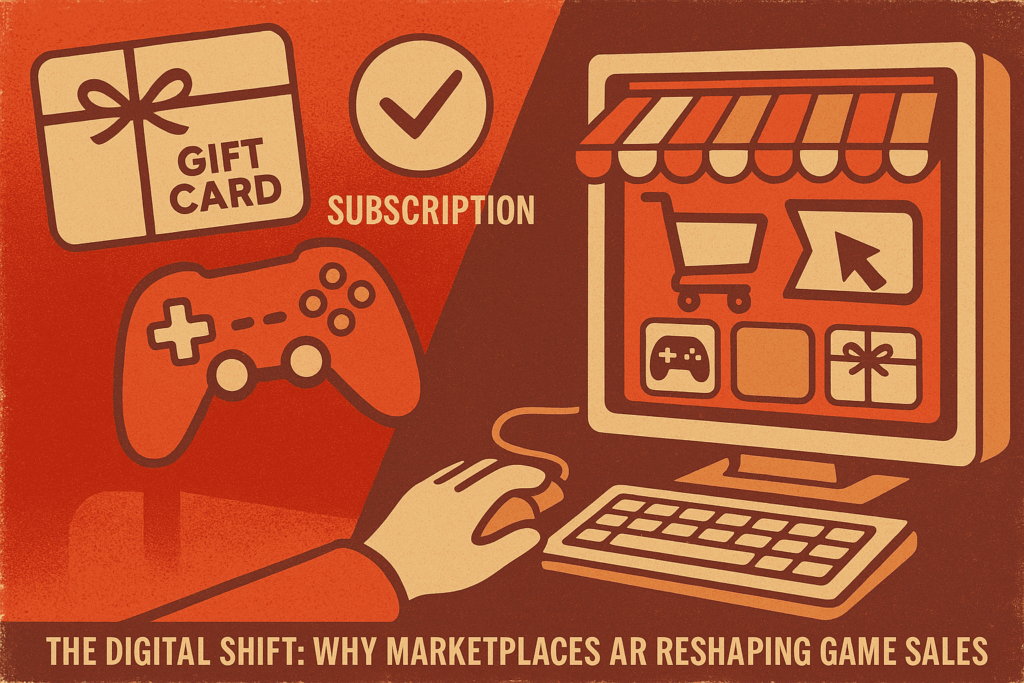Drivers of the Digital Goods Market
Consumer purchasing behavior is rapidly evolving, with a clear move away from traditional physical formats towards digital marketplaces for games, subscriptions, and gift cards. This shift is shaped primarily by factors such as convenience, cost efficiency, and instant access. Digital platforms enable consumers to bypass physical retail constraints, offering immediate delivery and competitive pricing driven by streamlined distribution and lower overhead. From a market perspective, these drivers not only influence buying habits but also create new revenue streams and alter competitive dynamics across digital commerce.
Expanding Beyond Gaming
While digital marketplaces initially centered on video game sales, their scope has broadened substantially. Today, these platforms encompass a wide range of digital goods including streaming service subscriptions, software licenses, and diverse gift cards. This expansion reflects a growing consumer preference for digital consumption across entertainment and utilities, pushing marketplaces to diversify offerings and optimize cross-category purchase experiences. The broader digital portfolio signals an industry trend towards integrated digital retail ecosystems that cater to multiple consumer needs in a unified manner.
Significance for Digital Commerce
The rise of digital marketplaces represents a notable transformation in retail business models. Traditional brick-and-mortar stores face pressures as direct-to-consumer platforms and digital intermediaries gain prominence by leveraging data insights and targeted media strategies. For retail media professionals, these shifts suggest new opportunities to engage consumers via personalized advertising, sponsored placements, and finely tuned promotional campaigns within digital environments. Furthermore, the scale and speed of digital transactions underline the importance of these marketplaces as a channel for sustaining consumer engagement and driving digital sales growth.
Understanding this marketplace evolution is essential for stakeholders aiming to adapt to the changing landscape of digital commerce. The ongoing migration to digital formats not only impacts revenue distribution but also necessitates strategic adaptations in retail media approaches to resonate with digitally empowered consumers.



